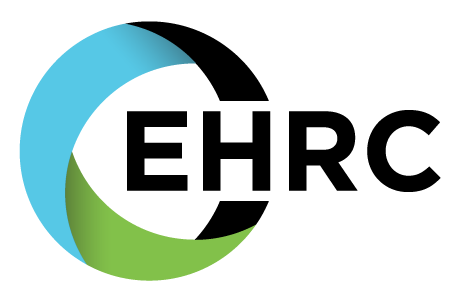3 Ways to Bring Employee Healthcare Training Into the 21st Century
The healthcare industry is constantly evolving and changing. Healthcare employees must stay up to date with the latest developments in their field and with their skills. It’s not surprising that, at the same time, clinician burnout is a threat facing many healthcare organizations.
A recent study indicated that the utilization of the EHR is negatively impacted due to a lack of understanding of what the EHR can do. Physicians and their staff are working harder to stay ahead of the ever-changing guidelines, mandates, and quality metrics while improving patient satisfaction, with little time left to invest in antiquated learning methodologies surrounding their EHR.
As adults, we are using the power of the internet to learn quickly on platforms such as TikTok, YouTube, and even Instagram reels. When we want to know something, we search our favorite browser and have the power of learning at our fingertips. So why are we not taking that methodology and applying it to Health IT?
Training is one of the most critical aspects of ensuring that healthcare professionals are adequately prepared for the demands of their industry. Yet here we show several ways in which current healthcare employee training is lacking:
Outdated methods: Many healthcare organizations still rely on traditional training methods, such as in-person lectures, which can be ineffective in engaging learners and promoting long-term retention. While this approach benefits some types of learners, it is often associated with long classroom sessions showing very little value for the time spent. It can also be challenging to ensure that every employee receives the same level of training. Additionally, classroom training costs can be high, especially when you factor in need for travel time and accommodations for trainers or learners in our ever-evolving remote world.
Limited use of technology: While technology has transformed many industries, healthcare training has only recently adopted new technologies such as eLearning and mobile learning apps and VR/Augmented reality, which can provide a more engaging and interactive learning experience.
Insufficient continuous learning opportunities: Healthcare is a rapidly changing field, and ongoing training is essential for employees to stay updated with the latest developments. However, many organizations do not prioritize ongoing training, leading to a knowledge gap between experienced and newer employees.
Here are some ways to bring healthcare employee training into the 21st Century that you can start in your organization today.
Utilize an E-Learning Platform
Incorporate an E-learning platform and allow employees to access training materials from anywhere with an internet connection, saving time and money. E-learning platforms can be designed to be interactive and engaging and can function the same way your favorite browser search does when learning something new! These platforms make it easy to customize curriculum plans that meet each healthcare organization’s and learner’s unique needs.
Due to the on-demand design of Learning Management Systems and e-learning modules, employees can learn at their own pace or be required to reach learning milestones within a specific timeframe. Search for an eLearning platform that provides knowledge pathing and career planning for employee retention, engagement, and productivity.
Provide a Breadth of Content
Providing employees with a breadth of learning content is essential for promoting continuous learning, accommodating different learning styles, being interactive, addressing different skill levels, and encouraging creativity and innovation. Therefore, when shopping for a learning management system for your organization, consider platforms that provide various topics and courses to meet your organization’s goals.
Want a Free Demo of What EHR Concepts Offers Around Health IT Education? CONTACT US HERE
Track Performance with Analytics
Analytics plays a crucial role in employee learning management systems (LMS) because it provides valuable insights into the effectiveness of training programs and the performance of employees. With analytics, you can identify employee knowledge gaps, measure the effectiveness of the training programs, personalize learning based on an individual learner’s progress, improve employee performance, and predict future employee learning needs.
Bringing healthcare employee training into the 21st Century is essential for ensuring that healthcare professionals are adequately trained and up to date with the latest developments in their field. By utilizing e-learning platforms, providing a breadth of content, and tracking and adjusting the learning based on analytics, healthcare organizations can provide employees with practical, engaging, and flexible training programs to improve patient outcomes and reduce costs.

